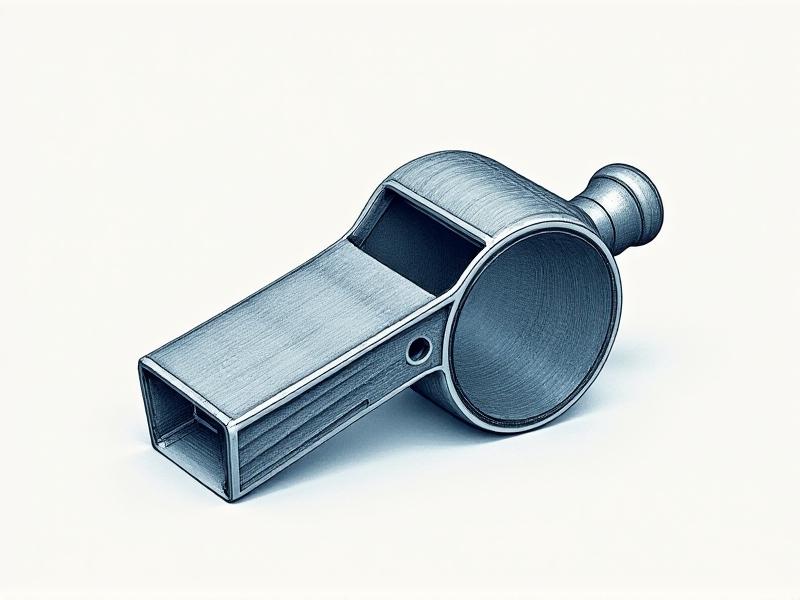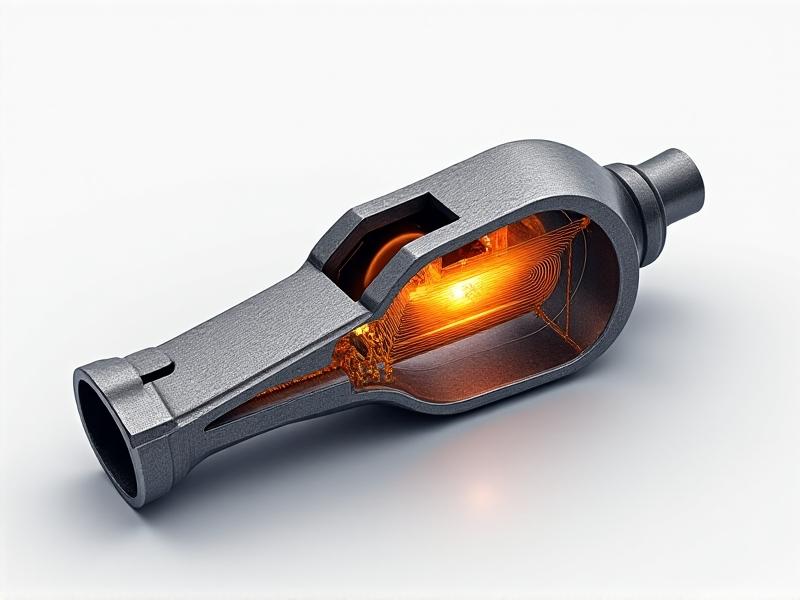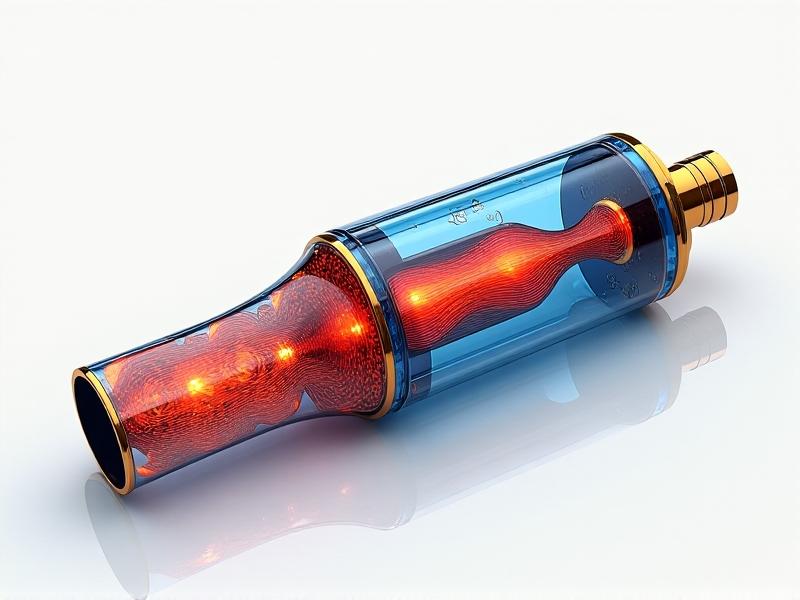Mastering Whistle Competitions: Judging Criteria Explained
Understanding the Basics of Whistle Competitions
Whistle competitions are a unique blend of art and skill, where participants showcase their ability to produce clear, melodious, and precise whistling sounds. These events are not just about the sound itself but also about the technique, control, and creativity that go into producing it. Competitions can range from local community events to international championships, each with its own set of rules and judging criteria.
To excel in these competitions, it's essential to understand the foundational elements that judges look for. These include pitch accuracy, tone quality, rhythm, and the ability to convey emotion through whistling. Participants often spend years honing their craft, practicing various techniques to perfect their sound.

The Importance of Pitch Accuracy
Pitch accuracy is one of the most critical aspects of whistle competitions. Judges listen for how well the whistler can maintain the correct pitch throughout their performance. This requires not only a good ear but also excellent breath control and technique. Even slight deviations can result in point deductions, making it a challenging aspect to master.
Whistlers often use various exercises to improve their pitch accuracy, such as practicing scales, intervals, and arpeggios. Some also use electronic tuners or apps to get real-time feedback on their pitch. The goal is to achieve a level of precision that allows the whistler to hit every note perfectly, regardless of the complexity of the piece.

Tone Quality: The Heart of Whistling
Tone quality refers to the richness, clarity, and overall sound of the whistle. A good tone is often described as clear, resonant, and pleasant to the ear. Achieving this requires a combination of proper breath support, lip and tongue positioning, and even the shape of the oral cavity.
Judges pay close attention to tone quality because it significantly impacts the overall performance. A whistler with excellent tone quality can make even a simple melody sound beautiful. To improve tone, many whistlers experiment with different techniques, such as varying the shape of their lips or adjusting the airflow. It's a continuous process of refinement and discovery.

Rhythm and Timing: The Backbone of Performance
Rhythm and timing are crucial in whistle competitions, as they ensure that the performance is cohesive and engaging. Judges look for consistency in tempo, as well as the ability to maintain rhythm even during complex passages. A good sense of rhythm can elevate a performance, making it more enjoyable for the audience.
Whistlers often practice with metronomes to improve their timing. They also work on their internal sense of rhythm, which helps them stay on beat even without external aids. Mastering rhythm and timing requires not only technical skill but also a deep understanding of the music being performed.
Expressing Emotion Through Whistling
Whistling is not just about producing the right notes; it's also about conveying emotion. Judges look for performances that are expressive and engaging, where the whistler can connect with the audience on an emotional level. This requires a deep understanding of the music and the ability to interpret it in a way that resonates with listeners.
To express emotion effectively, whistlers often focus on dynamics, phrasing, and articulation. They may also draw on personal experiences or emotions to bring authenticity to their performance. It's a delicate balance between technical skill and emotional expression, but when done right, it can make a performance truly memorable.
The Role of Creativity and Originality
Creativity and originality are highly valued in whistle competitions. Judges appreciate performances that showcase unique interpretations or innovative techniques. This can be writing fresh whistling tunes, trying out various styles, or even adding personal touches to a work.
Whistlers who excel in this area often have a strong sense of musicality and a willingness to take risks. They are not afraid to push the boundaries of traditional whistling, creating performances that stand out from the crowd. Creativity and originality can be the deciding factors in close competitions, making them essential aspects to develop.
Mastering the Art of Stage Presence
Stage presence is an often-overlooked aspect of whistle competitions, but it can significantly impact a performance. Judges look for whistlers who are confident, engaging, and able to connect with the audience. A strong stage presence can make a performance more memorable and enjoyable for everyone involved.
To improve stage presence, whistlers often practice performing in front of others, work on their body language, and even take acting or public speaking classes. The goal is to appear natural and confident on stage, allowing the audience to focus on the music rather than any nervousness or awkwardness.
Preparing for the Big Day: Tips and Strategies
Preparation is key to success in whistle competitions. This involves not only practicing the music but also taking care of physical and mental health. Whistlers often follow a strict practice schedule, focusing on areas that need improvement while also ensuring they don't overwork themselves.
On the day of the competition, it's essential to stay calm and focused. Many whistlers use relaxation techniques, such as deep breathing or visualization, to manage nerves. It's also important to warm up properly and stay hydrated. With the right preparation, whistlers can approach the competition with confidence and perform at their best.
Understanding the Judging Criteria
To excel in whistle competitions, it's crucial to understand the judging criteria. This typically includes pitch accuracy, tone quality, rhythm and timing, emotional expression, creativity, and stage presence. Each of these aspects is weighted differently depending on the competition, so it's essential to know what the judges are looking for.
Comments from judges can be rather helpful for development since they usually come after the event. By understanding the criteria and focusing on areas that need work, whistlers can refine their skills and increase their chances of success in future competitions.
Learning from the Best: Case Studies of Past Winners
One of the best ways to improve in whistle competitions is to learn from past winners. By studying their performances, whistlers can gain insights into what makes a winning performance. This could involve analyzing their technique, stage presence, or even their choice of music.
Many past winners are also willing to share their experiences and tips, either through interviews, workshops, or online content. By learning from the best, whistlers can gain valuable knowledge and inspiration to help them on their own journey to success.
Conclusion: The Journey to Whistling Mastery
Mastering whistle competitions is a journey that requires dedication, practice, and a deep understanding of the art of whistling. By focusing on the key aspects of pitch accuracy, tone quality, rhythm, emotional expression, creativity, and stage presence, whistlers can refine their skills and increase their chances of success.
Learning from previous victors, knowing the judging standards, and being well-prepared for contests are all rather crucial as well. With the right approach, whistlers can not only excel in competitions but also enjoy the process of improving and expressing themselves through their music.








